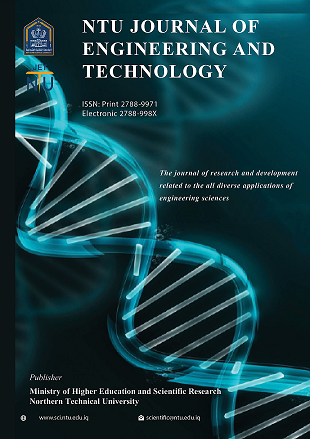A review of the reinforcement performance of the photovoltaic/thermal hybrid system
DOI:
https://doi.org/10.56286/ntujet.v1i1.69Keywords:
PVT collectors, electrical and thermal efficiency, hybrid PVT systemAbstract
Population growth and economic development in most countries of this world have increased global energy needs. The international energy agencies indicated that the increase in energy consumption in developing countries is faster than in developed countries, and it requires almost twice their current capacity to meet energy demand by 2020. It is also estimated that the total energy consumption in the world will increase by 44% from 2006 to year. 2030. Therefore, alternative energy sources must be specified to meet our energy requirements and to conserve traditional fossil fuels. Solar energy is a renewable energy source. This clean energy has the potential to meet a large amount of the world's energy demand. In the field of renewable energy and energy efficiency, it has brought stability to the negative impact of carbon emissions due to the increase in energy consumption in the world, as well as the reduction of major fossil fuel sources. Photovoltaic thermal technology (PVT) has been developed since the 1970s. PVT system generates electrical and thermal energy simultaneously. The aim of this hybrid system was to use a cooling PV panel to enhance electrical efficiency, while, at the same time, utilizing thermal energy for the heating process. Most studies on PVT systems focused on the air or water-based medium for the heat transfer. In recent years, nanofluids and phase-change materials have been used with working fluid to enhance PVT thermal performance, in addition to adding some design parameters.
Additional Files
Published
Issue
Section
License
Copyright (c) 2021 NTU Journal of Engineering and Technology

This work is licensed under a Creative Commons Attribution 4.0 International License.











